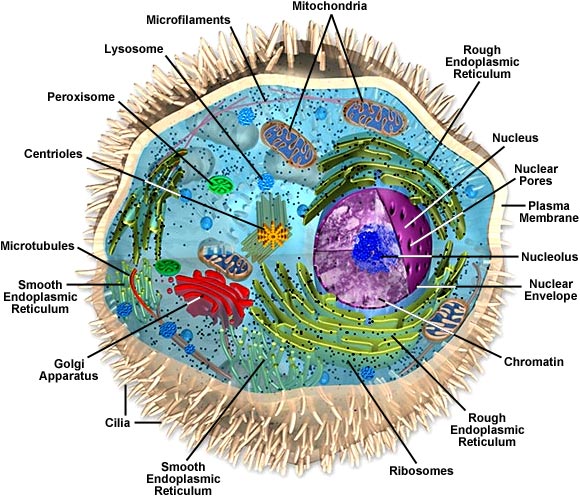Maddie Bedder (BLOG#2)
Monday, November 29, 2010
Period 8 11/28/10 MB(#2)
Maddie Bedder (BLOG#2)
Wednesday, November 24, 2010
Science Class November 24 CS

Tuesday, November 23, 2010
The cell is the basic unit of living things.


Monday, November 22, 2010
11/22/10 Period 8


JR Period 8
Friday, November 19, 2010
11/19/10 P8
For the onion lab, we took a paper thin piece of onion and put it on the slide. Then we put one drop of iodine and put the cover slip on it. Then we looked at it throught the microscope. The onion cells were more colorless. Also, ther were no chloroplasts in it. This is because the onion is under-ground. Since it is under-ground, the sun can't reach it, which means it can't do photosynthesis. If it can't do photosynthesis, there is no need for chloroplasts.
After we looked at the plants, we had to answer some questions. Here are the questions.
- What is a cell? Why are they considered building blocks?
- Why did our grass have to be very thin?
- Why didn't we see any chloroplasts in the onion?
- Make a table of the differences between a animal cell and a plant cell.
It is confusing to know that there are different kinds of cells. It is also hard to memorize it. But, once you start to learn more about it, you get the hang.
Here is a video on the inside of a cell. It is hard to understand in some cases, but it is visually helpful, and names most of the parts we learned about, although it goes into more detail and there are things we never learned about. Here's the link:
http://www.youtube.com/watch?v=dCHre3-_KjA&feature=related
By Rohan Mallya
Thursday, November 18, 2010
Plant and Animal Cells

 Plant cell :
Plant cell :Only plants plants and animals
vacuoles chloroplasts cell wall cytoskeleton
nucleus gol gis appritence
large centralized endoplasmic reticulum
mitochordia
lysosomes
golgi apparatus
cell membranes
small not centralized
After we discussed our lists with our group we discussed the list with the class. After that we had to re visit our cheek cells and grass cells, and add labels to our pictures.
Friday, November 12, 2010
11/12/10 Noah Kudman

Tuesday, November 9, 2010
Period 8 11-9-10

Monday, November 8, 2010
11/08/10

- What's the main idea behind the movie: Small things are part of bigger things which are part of even bigger things etcetera.
- How can this concept explain the structure of multicellular organisms (ex. humans): This explains multicellular organisms because : They are made up of other things. Ex. Humans are made up of organs, which are made up of tissues, which are made up of cells, which are made up of atoms, which are made of protons and nuetrons, etcetera.............................
Main points:
Q1: Things are always made up of something smaller and everything is part of another group of things (Ex. People live in houses which make up towns which make up states...)
Organs (Lungs, brain, etc.)
ToTissues (Def. Groups of cells working together)
ToCells (ex. blood)
This is important because if we understand that everything is made up of something else and that everything is part of something else then we will get that people are the same way. Then using this info. we will start a new unit.
K.D. Period 8 (2nd)
Wednesday, November 3, 2010
Period 8 11/2/10
Cocci or Coccus-
- rounded or spherical
- grouped together to make different shapes
Spirillum-
- rod shaped bacteria
- by itself or chains
- never go alone, always in a group (swarm together)
- 1.4 to 1.7 micrometers in diameters
Bacillus-
- rod shaped bacteria
- arranged in chains (next to each other)
- Never alone!!!!!
Staphylo-
- round shaped
- in clusters or clumps
- found on skin
- causes infections in the skin, bones, lungs, and other organs
Strepto-
- twisted
- chains
Diplo-
- pairs or doubled
- doubled called diplobacteria
To create a word to show the arrangement and shape you take the arrangement(chained, clusters, clumps, etc.) as the prefix, and the shape as the suffix. And you get a word. LOOK BELOW FOR AN EXAMPLE!!!!!!!!!!!

look at the image for an example of streptococcus!!!!!!!!!!!!!!!!!!!!!!!!
KATIE GOMEZ P8
Monday, November 1, 2010
P8- Bacteria discussion


